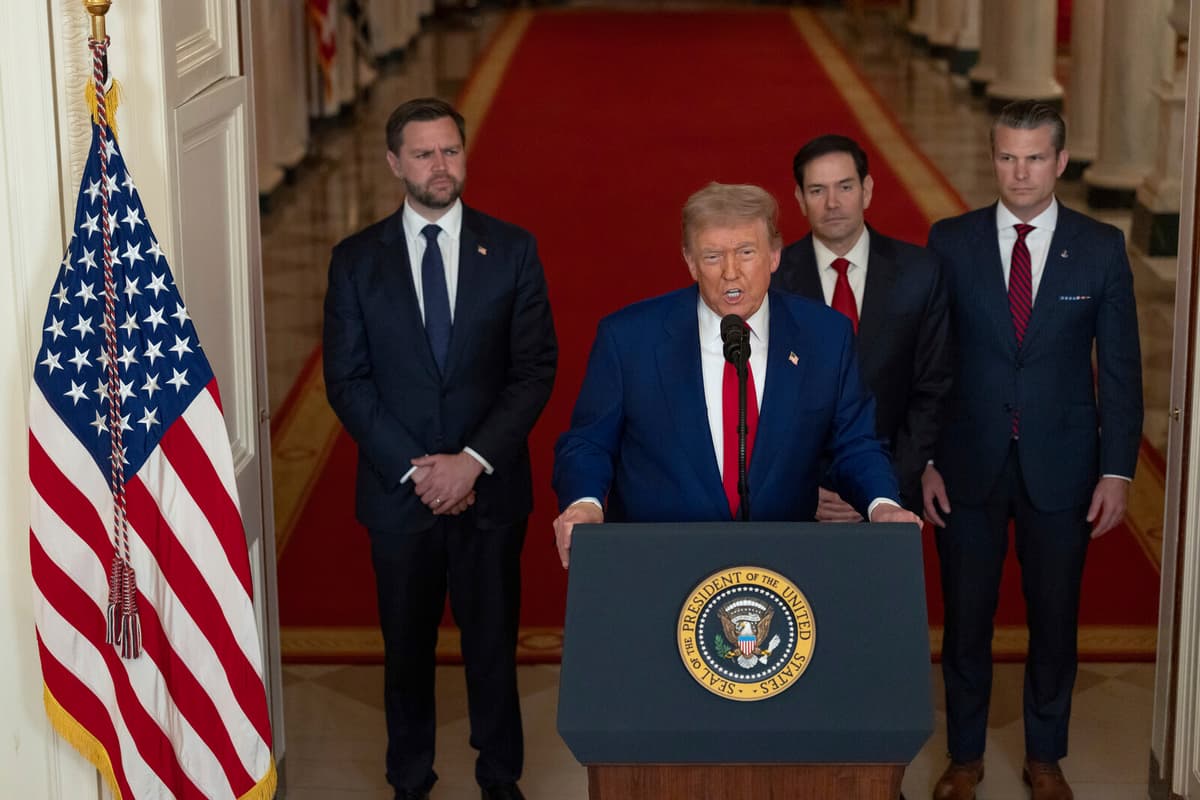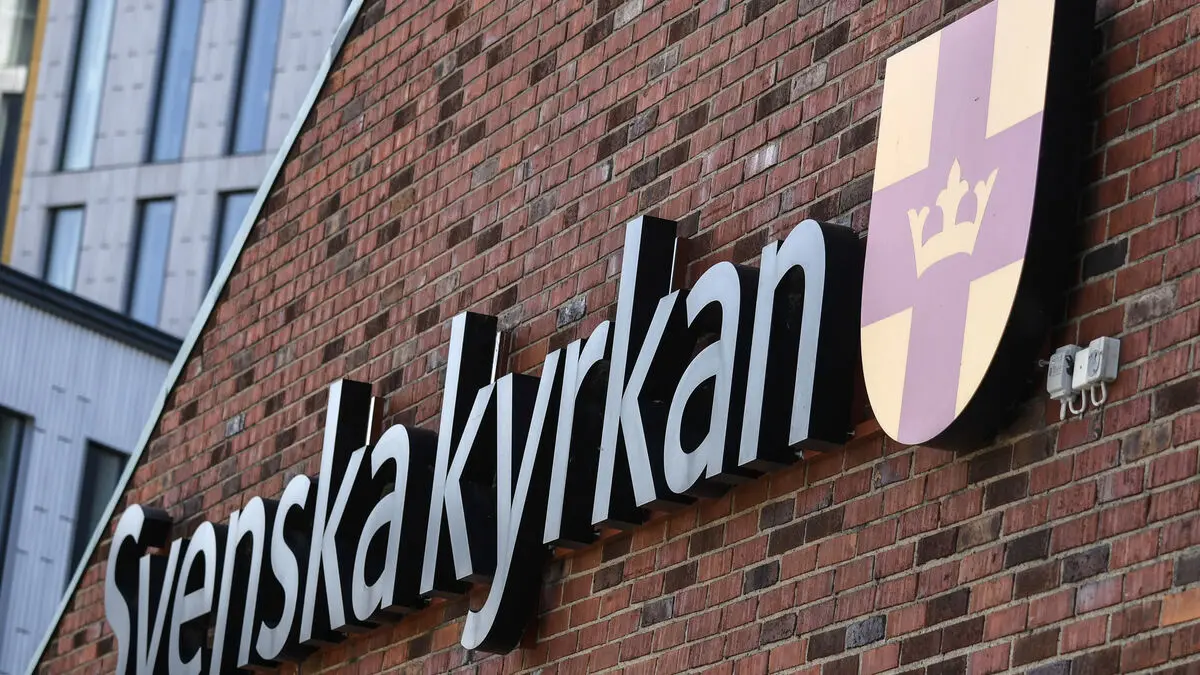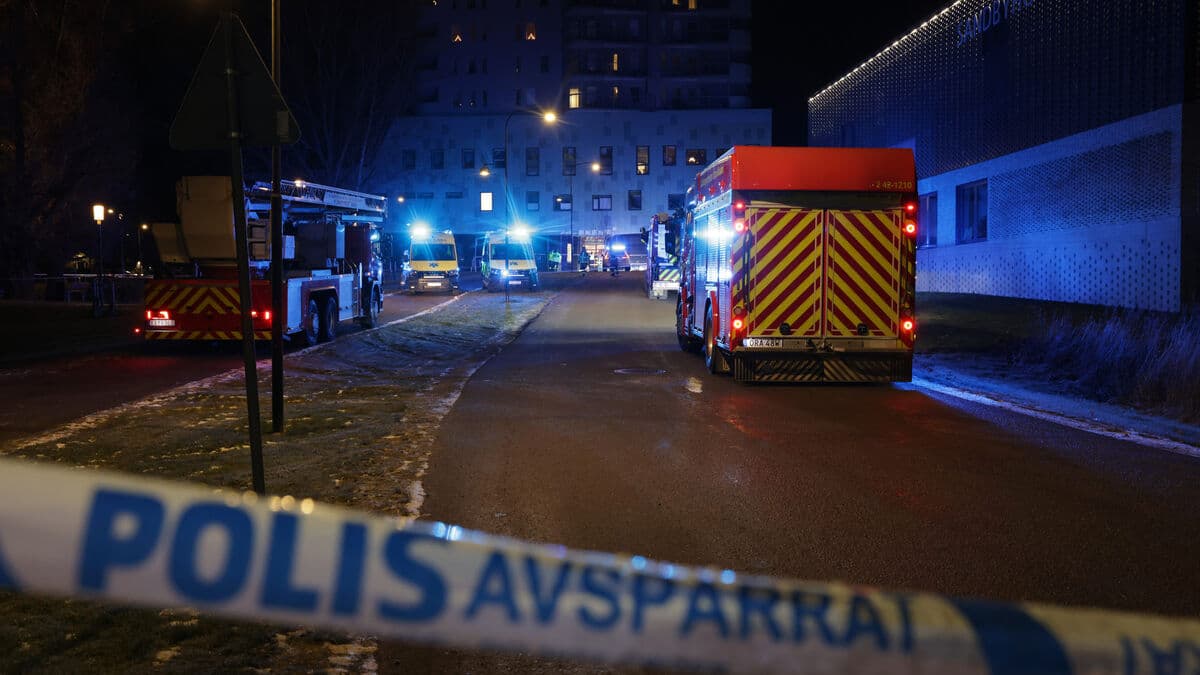This is what has happened in recent days.
Thursday, June 12
The recent weeks' talks between the US and Iran seem to have come to a standstill. The US wants Iran to stop its uranium enrichment and Iran wants to get rid of sanctions against the country. Iran announces that it plans a new enrichment facility.
US President Donald Trump warns that an Israeli attack "may very well happen" and lead to a "massive conflict". The US is bringing home non-essential personnel from the region, as Iran threatens to respond to any attacks from Israel by attacking American targets.
Friday, June 13
Israel carries out air strikes against several locations in Iran during the night to Friday. Among other things, they strike targets in the capital Tehran and the center of the country's nuclear technology program, Natanz.
The leader of the Islamic Revolutionary Guard, Hossein Salami, is killed, as is the defense chief, Mohammad Bagheri, in attacks on residential areas in Tehran. Other military leaders and several of Iran's most prominent nuclear physicists are also killed, according to state-run Iranian media.
Israel says it will continue the attacks.
Hours later, Israel says Iran has sent over 100 drones towards the country, which Israel says it has shot down.
In the evening, Iran responds with a wave of missiles against, among other things, Tel Aviv in Israel. Video clips and images show how the Iranian missiles are shot down by the Israeli air defense, but also how missiles hit the city.
Saturday, June 14
During the night, new waves of missiles come from Iran towards Israel. Air raid sirens sound in, among other places, Jerusalem and Tel Aviv.
Israel attacks Tehran's airport.
Saturday, June 21
After a week of daily attacks between Israel and Iran, Israel launches attacks against, among other things, drone depots and weapons facilities.
In total, the Israeli attacks have killed over 400 people since the outbreak of war last week, according to Iran's health department. The department's spokesperson, Hossein Kermanpour, writes on X that more than 3,000 have been injured. Earlier, Israel stated that the Iranian attacks had claimed 24 civilian lives and injured nearly 600 people.
Sunday, June 22
During the night, Swedish time, American planes attack the Iranian enrichment facilities Fordo and Natanz, as well as the nuclear technology center Isfahan.
The attacks were, according to Trump, "a fantastic military success".
An Iranian parliamentarian claims that Fordo was not seriously damaged, according to state-run Iranian media.
Later in the morning, Iran launches new missile attacks against Israel, where buildings are hit in several places, including in Tel Aviv. At least 80 people are reported to have been taken to hospital, most with minor injuries.
In 2015, a nuclear energy agreement was signed between Iran and the five permanent members of the UN Security Council (France, China, the United Kingdom, Russia, and the US) and Germany.
The agreement aimed to prevent Iran from developing nuclear weapons. It would provide greater insight into the country's atomic energy program, which would also be scaled back and severely limited.
The enrichment of uranium would be limited to a purity of just under four percent - far below the 90 percent required to be used in a nuclear weapon. In exchange, international sanctions against Iran were lifted.
In 2018, US President Donald Trump decided to leave the agreement and re-impose tough sanctions, which also applied to anyone trading with Iran.
Iran then deviated from the agreement and began to step up uranium enrichment. The country today has far more uranium with a much higher purity than the agreement allowed.
In April this year, negotiations on a new agreement began, as Donald Trump wanted one with tightened control mechanisms. In early June, he said he demanded that Iran completely stop uranium enrichment. Iran wants to be able to have a regulated civilian program.





